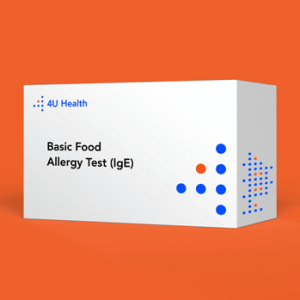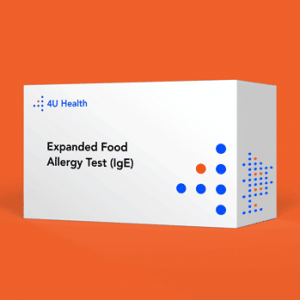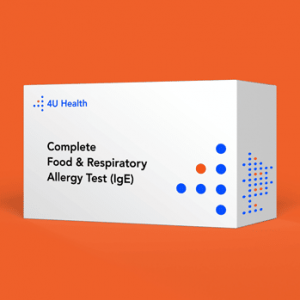
Understanding Food Allergies: Before diving into at-home testing, it’s essential to grasp the fundamentals of food allergies. A food allergy is an abnormal immune response to certain foods, typically triggered by the body’s mistaken identification of harmless proteins as harmful invaders. Common symptoms include hives, swelling, digestive issues, respiratory problems, and in severe cases, anaphylaxis.
Why Choose At-Home Testing? Traditionally, food allergy testing required a visit to an allergist’s office or a hospital, involving blood tests or skin prick tests. However, at-home testing has emerged as a convenient and cost-effective alternative. Here are a few reasons why at-home testing is gaining popularity:
- Convenience: At-home testing eliminates the need for multiple physician and lab appointments, allowing you to perform the test on your own terms, saving time and effort.
- Privacy: Some individuals prefer the privacy of conducting tests at home, as they can be more comfortable and relaxed during the process.
- Cost-Effectiveness: At-home testing can be a more affordable alternative to professional medical testing, especially when considering hospital, physician and laboratory insurance deductibles and co-pays.
Types of Food Allergy Tests: Although there are several types of allergy tests available, each with its own benefits and considerations, here are the two “gold-standard” options:
- Skin Prick Test: This test involves pricking the skin with small amounts of common allergens and monitoring the reaction. This method is typically performed in-office by medical professionals.
- IgE Blood Test: This is the benchmark test used by physicians for identifying potential allergies. This test measures the levels of immunoglobulin E (IgE) antibodies in the blood, which are produced in response to allergens. Howbeit, most insurance companies only cover a select number of allergy targets (usually less than 30 targets annually1). With the advent of finger-prick blood drop sampling, 4U Health provides hospital-grade collection kits for convenient at-home testing that can screen for up to 295 targets at an affordable cash price.
Choosing the Right At-Home Test: Selecting the right at-home test depends on various factors, but it is essential to consider the following:
- Accuracy: Make sure to only choose tests that have been validated and provide reliable results. You can confirm this by choosing tests performed by certified labs. As an example, 4U Health only offers hospital-grade CLIA certified lab tests that are licensed for collection in all states, excluding NY.
- Allergens Covered: Ensure that the test covers the specific allergens you suspect might be causing your symptoms. Make sure to review the allergen target list prior to purchasing any test.
- Ease of Use: Prior to ordering, review and consider the instructions provided with the test kit. Are they clear and easy to follow? Is the sample collection process simple and manageable for you?
Limitations and Considerations: At-home tests can help you identify possible allergens so you can avoid certain foods to alleviate symptoms. Howbeit, they do come with some limitations and considerations.
- Diagnosis: While home allergy IgE tests can provide valuable insights, only a physician can provide a definitive diagnosis by interpreting your results in combination with a physical exam, review of your medical history and symptoms. Consulting with a healthcare professional can help validate your results and provide you with valuable additional insight.
- Allergen Identification: Although 4U Health offers tests with up to 295 allergen targets, it’s still possible to be allergic to a less common trigger not on the report. In this case, you may want to consult a physician and consider a professional skin test if so advised.
Home food allergy testing offers a convenient “gunshot” approach to uncover dietary ingredients that may trigger your symptoms. 4U Health offers various cost-effective tests that are a great first step toward learning more about your health. While these DIY tests have some limitations, they can provide valuable insights into your food allergies, empowering you to make informed decisions about identifying and limiting your exposure to problem foods. Remember to validate your at-home results with a healthcare professional and seek their guidance for comprehensive allergy management. Eat with confidence by identifying your food allergies today!
References:
FDA. “Food Allergies: What You Need to Know.” URL.
Mayo Clinic. “Food allergy.” URL.
ACAAI. “Food allergy.” URL.
European Journal of Immunology. “IgE in the pathophysiology and therapy of food allergy.” URL.


